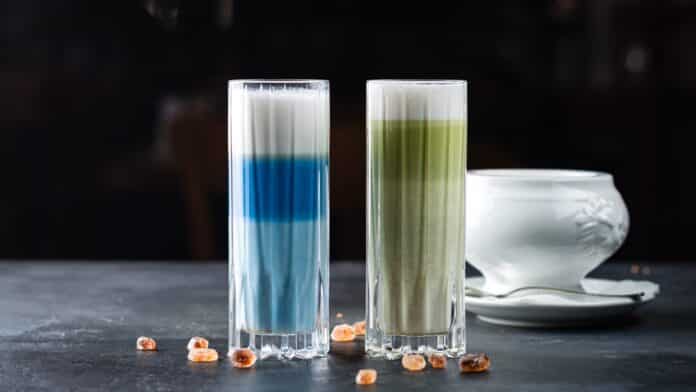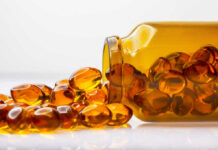
Blue matcha is the latest trend taking the world by storm, but does it have any real health benefits? This article covers all you need to know about blue matcha powder and tea and if it’s worth trying.
What Is Blue Matcha?
The only thing accurate about the ingredient name is its blue hue. It has nothing to do with traditional matcha consisting of whole green tea leaves, which are finely ground to create a bright green powder. This powder is then mixed with water. On the other hand, blue matcha comes from the powdered bluish-purple petals of the butterfly pea flower.
Before blue matcha gained popularity, butterfly pea powder was used as a colorant for foods. It gets its color from plant-based compounds called anthocyanins.
Blue Matcha vs. Traditional Matcha
While it may look like blue matcha is a blue-tinted matcha powder, both substances come from completely different plants. Traditional matcha is obtained from finely ground green tea leaves gotten from the Camellia sinensis plant. However, blue matcha comes from the blue petals of the Clitoria mariana plant.
While blue matcha is naturally caffeine-free, green matcha is not. Additionally, traditional matcha offers many health benefits from a class of antioxidant compounds known as polyphenols. However, blue matcha’s main antioxidants are plant pigments called anthocyanins.
Potential Benefits of Other Matcha Types
Matcha has risen in popularity due to its health benefits. These include:
● High antioxidant content: According to research published in December 2020 in the journal Molecules, matcha is filled with catechins, a type of flavonoid. This helps you fight oxidative stress and reduce inflammation in your body.
● Temporary increase in metabolism: Matcha can increase your metabolism and boost fat oxidation. This could aid in your weight loss efforts.
Does Blue Matcha Offer Health Benefits?
Blue matcha has been less studied than its traditional counterpart, but research has been promising. According to a March 2021 study published in Antioxidants, rodents who were induced to have high blood pressure experienced significant relief after ingesting butterfly pea extract. Another study published in December 2021 in Frontiers in Plant Science discovered that the unique anthocyanins in butterfly pea powder perform well when placed in heat. This means you can safely use them in hot beverages like blue matcha tea.
Conclusion
While blue matcha is fun to enjoy, no concrete evidence shows it is better for your health than other anthocyanin-rich foods. Until more research is concluded, traditional matcha remains a preferable choice.



















